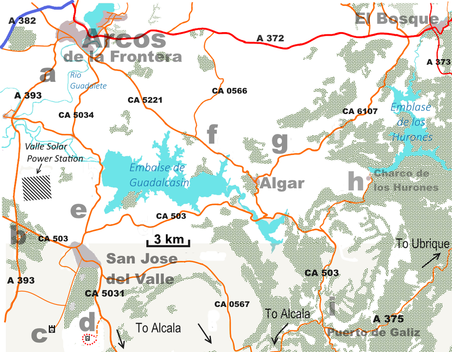
For nearly 250 years (1248-1492) this part of western Andalucia marked the boundary between Christian and Moorish Spain. The most obvious reminder of this heritage are the string of place-names that share the self explanatory suffix 'de la Frontera'. The centuries of rule by the Moors often goes unacknowledged although, if you're aware of Arabic etymology, it is traced by the place names. If you know where to look, though, there's plenty in this area to remind the visitor of its complex history.
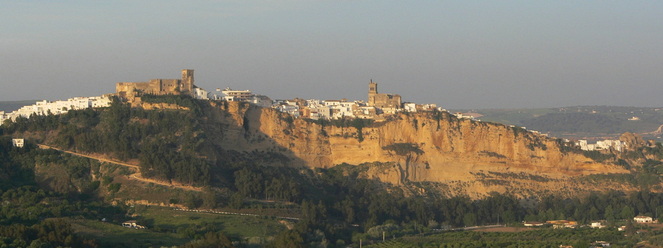 Arcos de los Frontera from the A 393
Arcos de los Frontera from the A 393 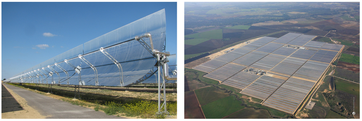
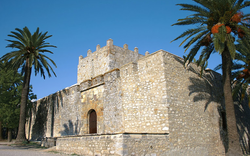 Castillo de Gigonza
Castillo de Gigonza 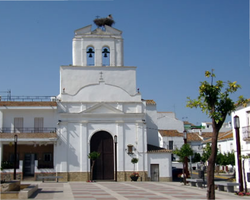 Algar Church - complete with stork's nest!
Algar Church - complete with stork's nest! 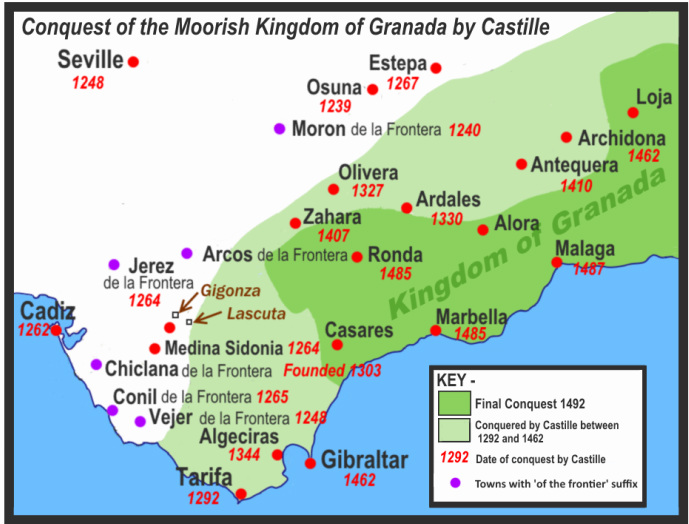
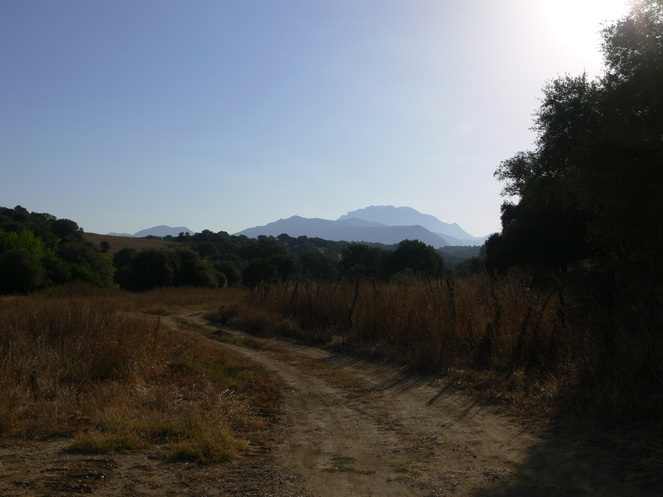
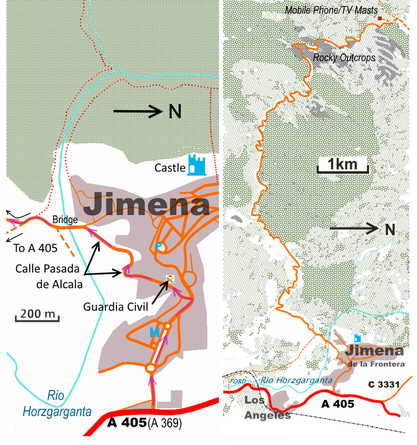
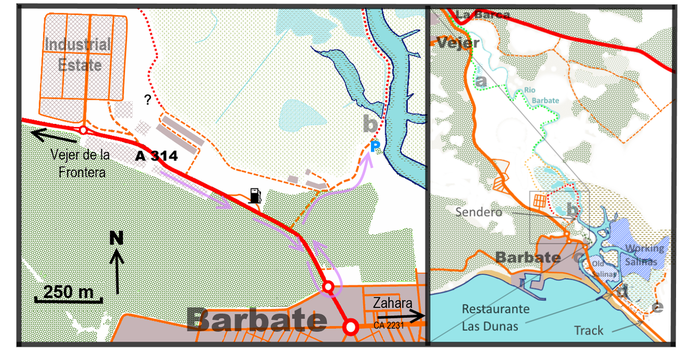
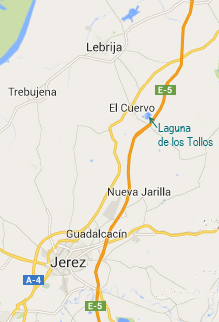
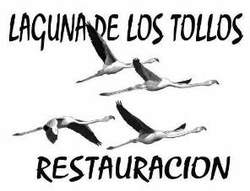


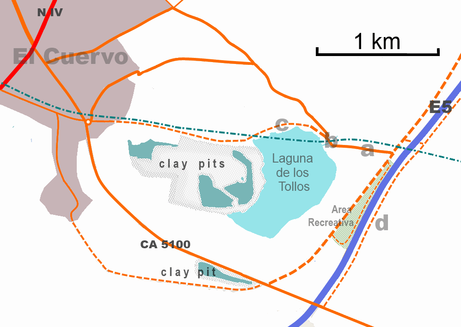

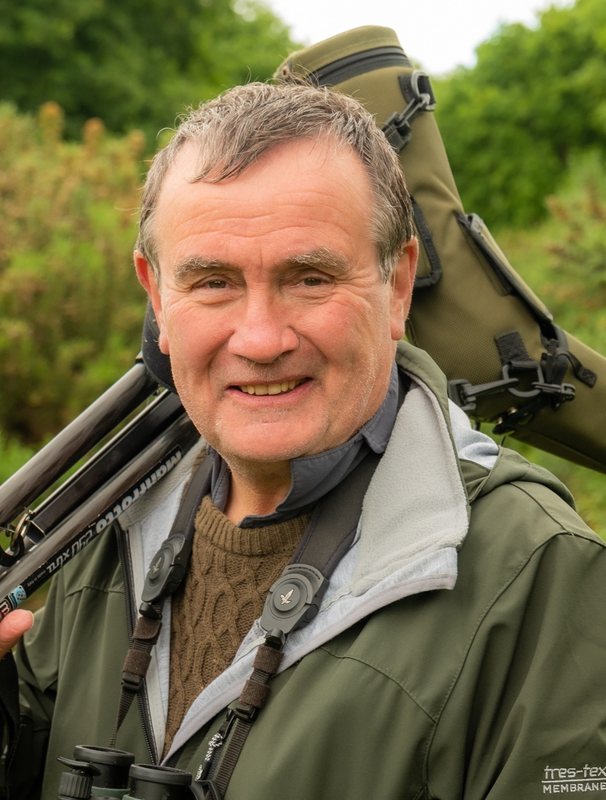
 RSS Feed
RSS Feed
